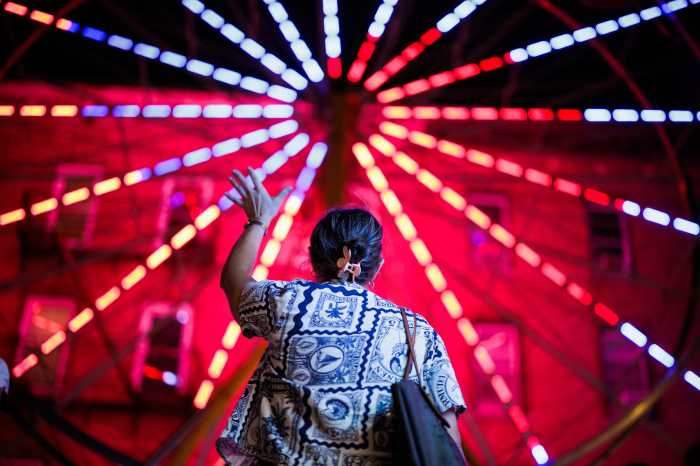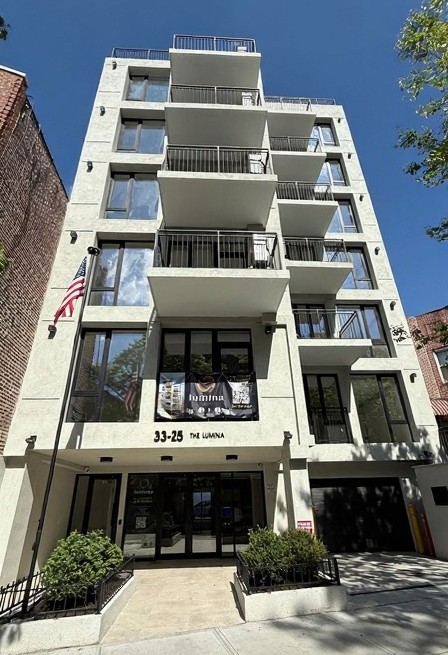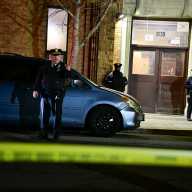Liu: Learning Woes Affect Economy
City Comptroller John C. Liu launched “Beyond High School NYC,” a major initiative to increase the proportion of New Yorkers with higher education to 60 percent by the year 2025 through strategic investments in public education.

“Beyond High School NYC” will publish research, propose educational reforms, and identify strategic investments in public education designed to boost the number of New Yorkers with post-secondary degrees.
“Investment in education promises to enhance city revenues and lower spending, thus attacking the budget problem from both sides of the ledger. Indeed, investment in education today is the best economic development policy for tomorrow,” said Liu. “It’s time we reverse New York’s education gap and put our public schools back on the right track.”
The initiative’s inaugural research study, entitled “Beyond High School: Higher Education as a Growth & Fiscal Strategy for New York City,” was released last Thursday, Sept. 27.
The study found that New York City, which regards itself as the intel- lectual capital of the country, is actually only in the middle of the pack of major cities based on the percentage of the working-age population with an associate’s degree or higher. Seattle, San Francisco, Washington D.C., Minneapolis, and Boston and all have higher levels of educational attainment based on an analysis of American Community Survey (ACS) microdata.
Economists agree that low college completion rates harm a city’s competitiveness. The study estimates four out of every five New York City public high-school students, or 79 percent, do not earn two- or four-year college degrees within 12 years of the ninth grade.
The lack of a college degree has significant consequences for an individual’s lifetime earnings. Digging deeper into the city’s demographics, the study found that what New Yorkers earn, by race, closely tracks their educational attainment.
Whites in New York City earned, on average, $61,735 in 2010, compared to $28,961 for blacks, and $24,745 for Hispanics. The percentage of whites with at least a bachelor’s degree (57.5 percent) is well more than twice that of blacks (21.7 percent) and substantially three times more than the percentage of Hispanics (15.9 percent).
“Failing to properly invest in public education deprives the next generation of a chance for prosperous and fulfilling lives,” said Liu. “The economic challenges facing our city can best be addressed by educating many more New Yorkers beyond high school. As we work together toward achieving this ambitious goal we will improve our economy and reduce the high costs associated with poverty, health care, and crime.”
The full report and a summary of the findings are available for download at www.comptroller.nyc.gov.



































